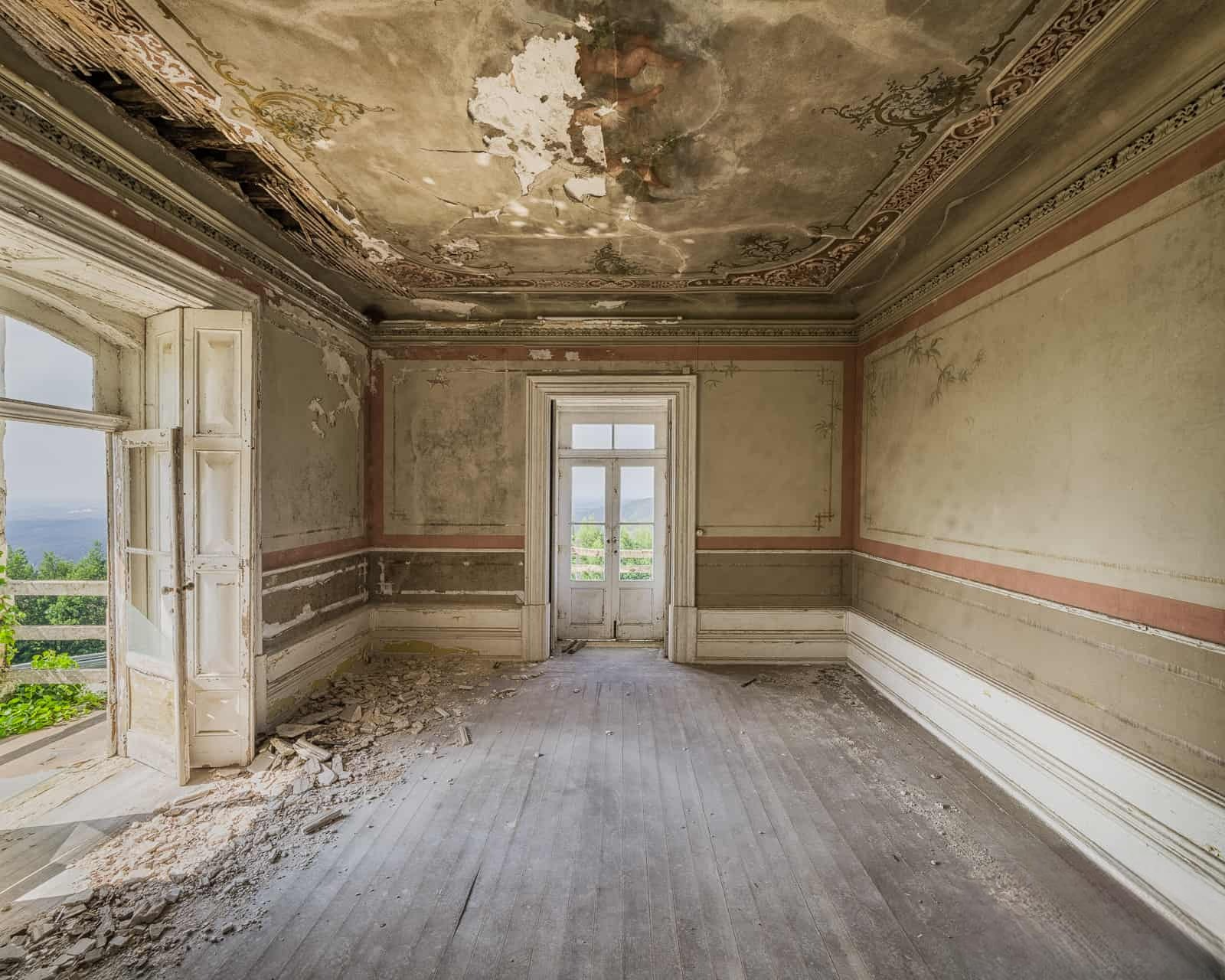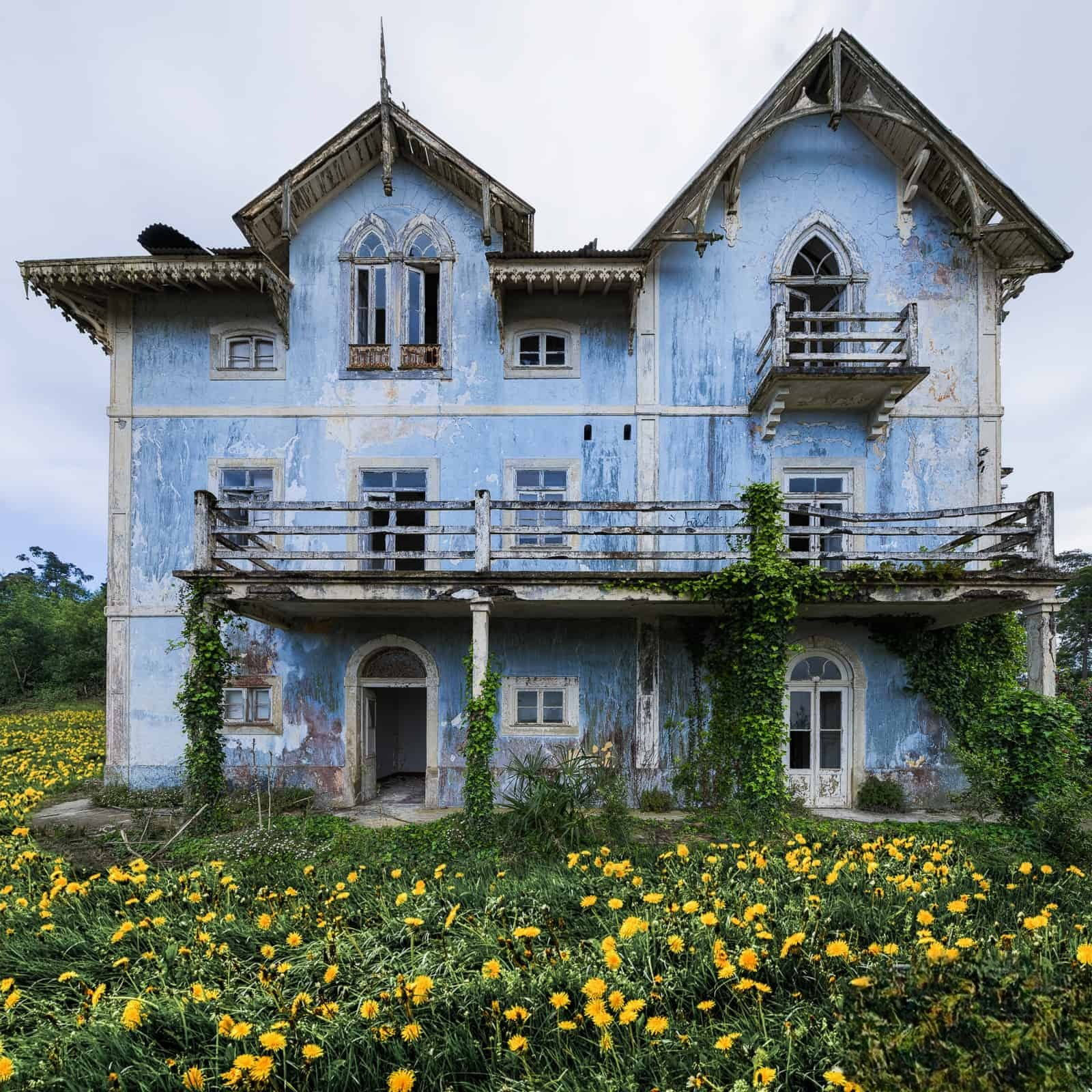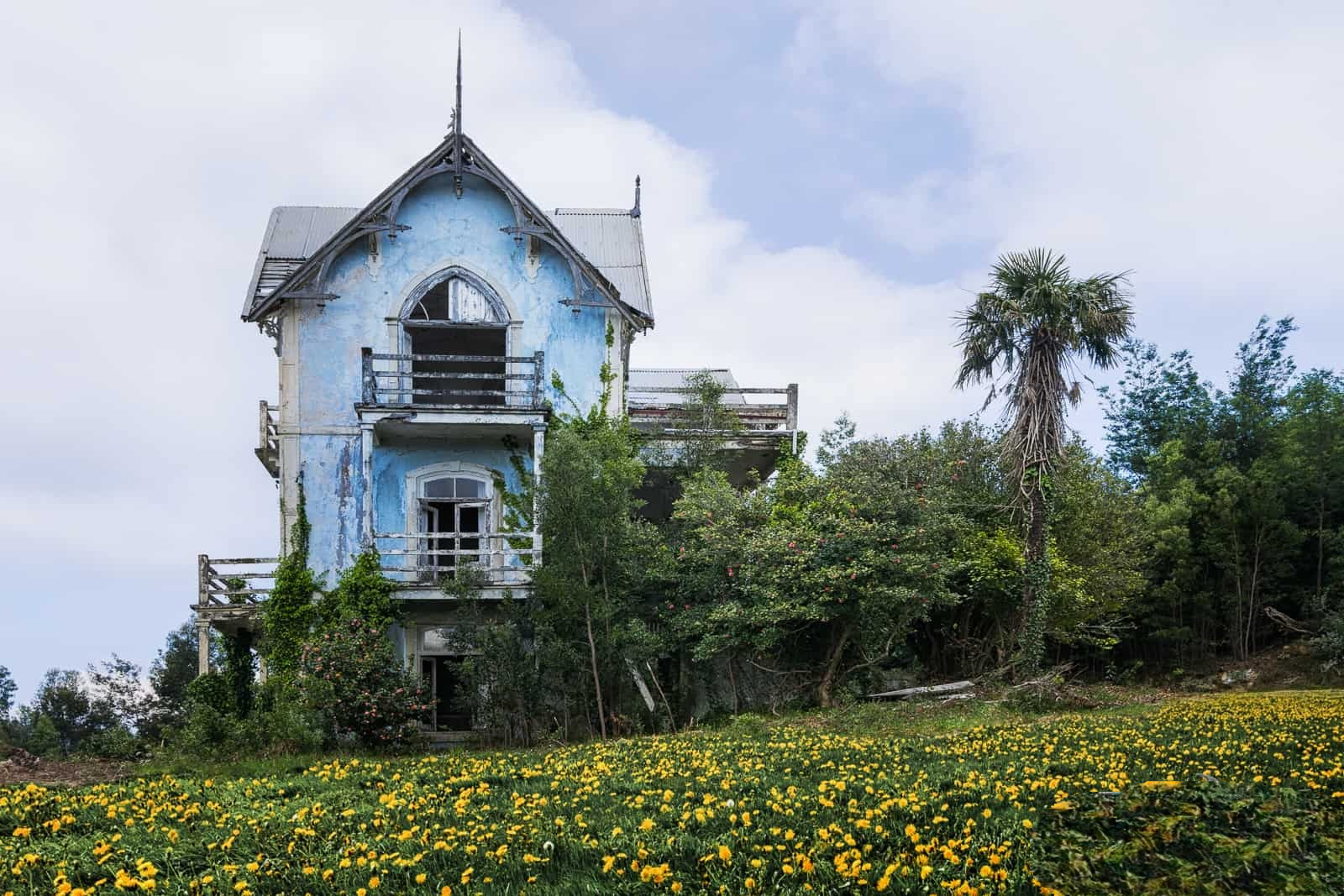Abandoned Places Around the World
Abandoned Places Around the World
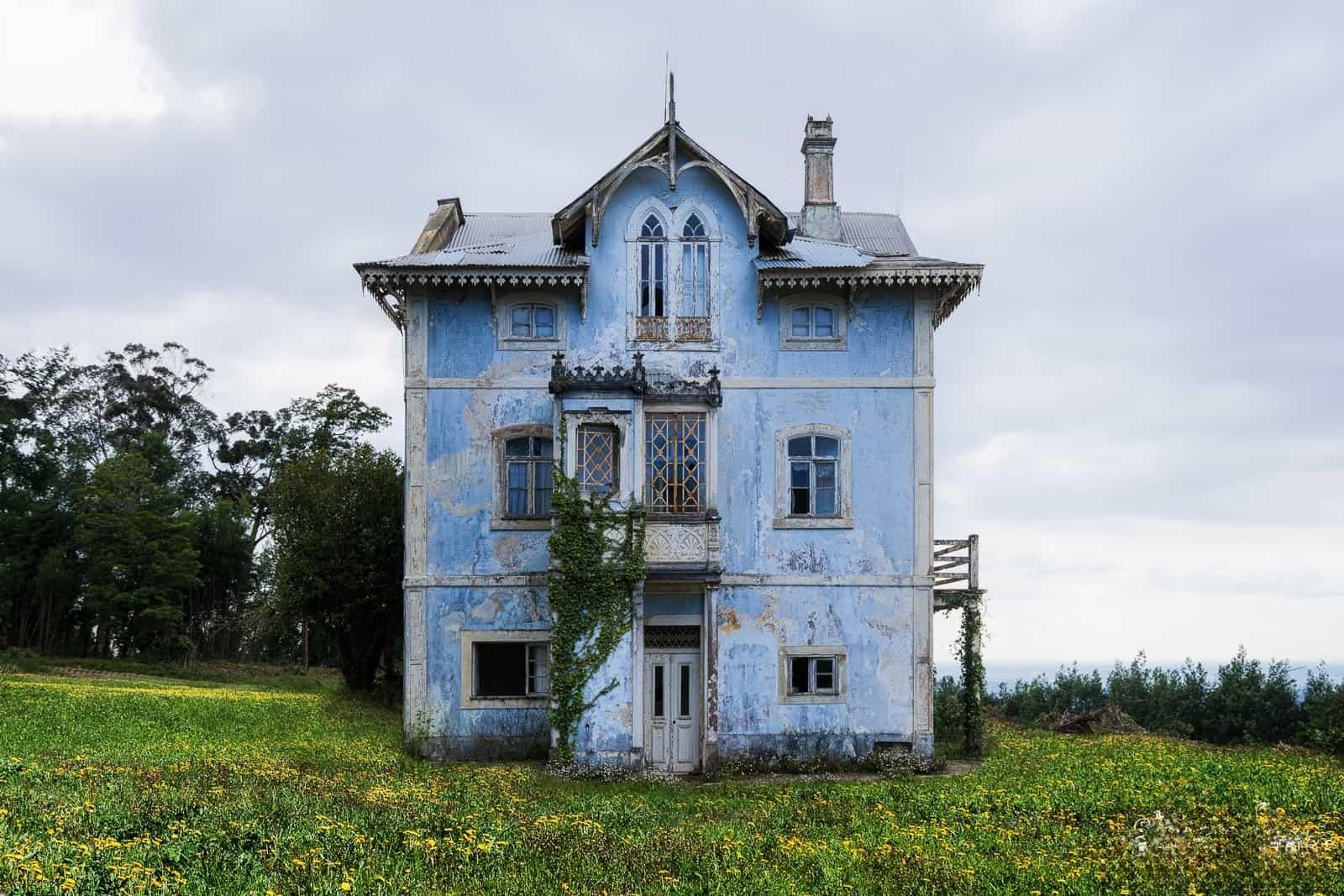
Welcome to the captivating narrative of Casa Azul, an abandoned Victorian-Gothic gem nestled atop a serene hill in Portugal. In this blog post, we embark on a journey to unravel the intriguing history, architectural marvels, and the poignant aura surrounding this majestic estate. Join us as we delve into the mystique of Casa Azul, also known as Villa Victorienne or Chalet Do Conde, and uncover the secrets concealed within its pastel blue walls.
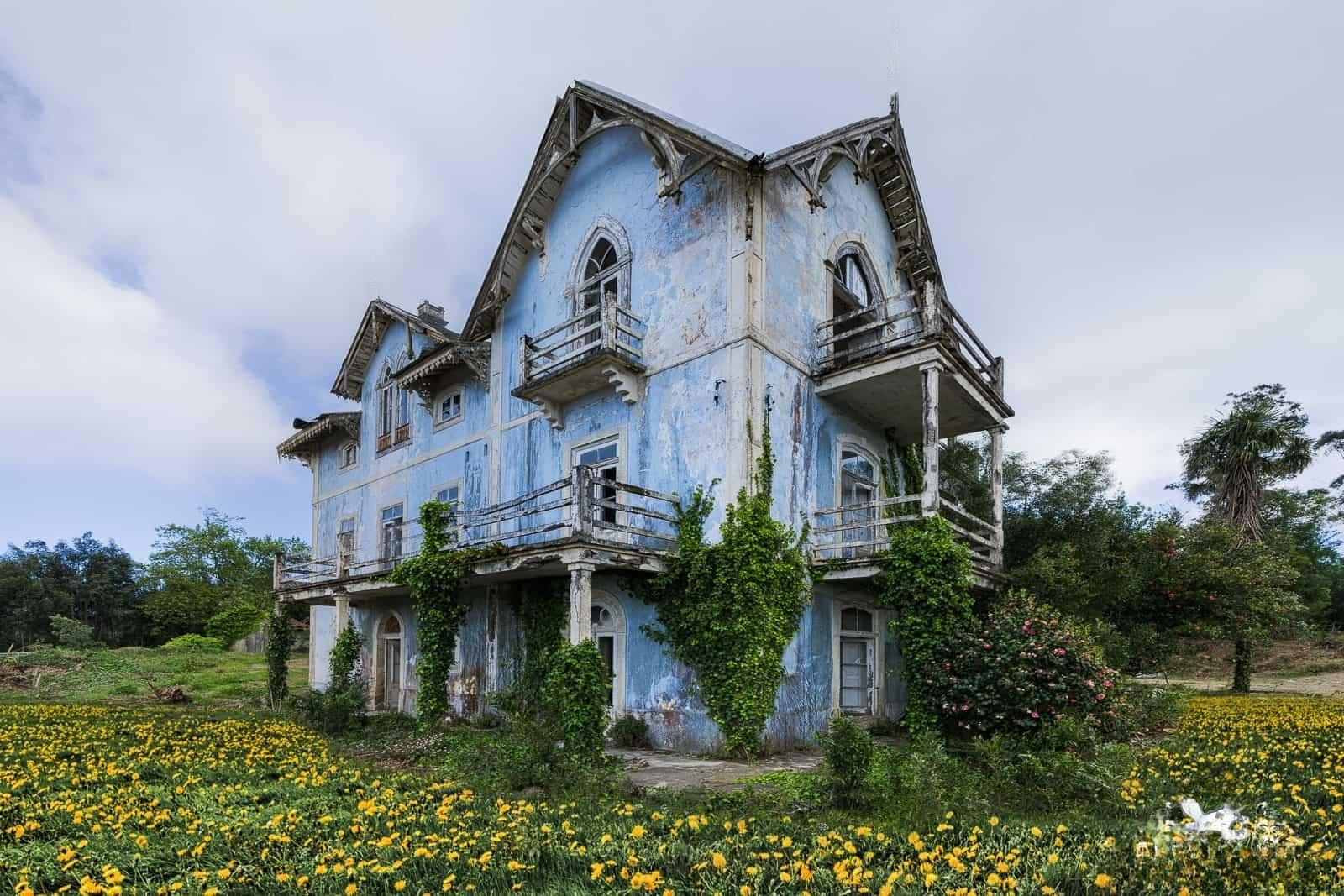
The haunting allure of Casa Azul transcends time, evoking a sense of wonder and nostalgia. Erected at the turn of the 20th century, this enchanting residence stands as a testament to the vision of its illustrious owner—a Count enamored with the arts and Gothic aesthetics. Adorned in pastel blue hues and intricate white embellishments, Casa Azul exudes an air of romance, captivating all who gaze upon its facade.

Once the cherished retreat of a passionate art collector, Casa Azul bore witness to an era of opulence and cultural refinement. The Count, with an insatiable appetite for beauty, filled his city palace with priceless artworks and rare literary treasures. Yet, amidst the grandeur of his urban abode, Casa Azul stood as a sanctuary—a haven where the Count sought solace from the hustle and bustle of city life.
Following the Count’s demise, Casa Azul fell into disrepair, its fate hanging precariously in the balance. Despite attempts to sell the property, it remained abandoned, its halls echoing with whispers of bygone splendor. Speculations abound regarding its future—will it undergo restoration or succumb to the ravages of time?

Step into the realm of architectural brilliance as we unravel the intricate details of Casa Azul’s design. Influenced by the Gothic Revival movement, this opulent estate boasts skyward-reaching spires, steeply pitched roofs, and ornate gables adorned with delicate carvings. The interplay of light and shadow dances across pointed arches and intricately carved balconies, casting an enchanting spell on all who behold its beauty.

Venturing beyond the facade, we discover the echoes of elegance that linger within Casa Azul’s dilapidated halls. A frescoed living room whispers tales of lavish gatherings, while a spacious upper chamber adorned with zodiac symbols hints at celestial wonders. Despite the passage of time and neglect, Casa Azul remains a poignant reminder of a bygone era—a testament to the enduring allure of Victorian-Gothic splendor.

In conclusion, the enigmatic allure of Casa Azul transcends its abandoned state, beckoning travelers and enthusiasts alike to unravel its mysteries. As we bid adieu to this architectural marvel, let us ponder the timeless legacy it leaves behind—a legacy of beauty, romance, and the eternal quest for artistic expression.

